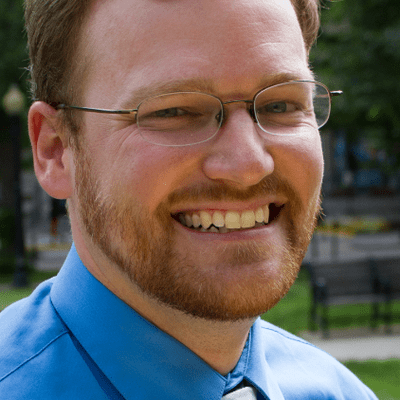Introduction
Outside groups, including super PACs, have sponsored nearly 60 percent of the ads aired on broadcast television and national cable so far this election cycle, more than the candidates themselves, according to a new study.
During the same stretch in the 2008 election cycle, candidates were responsible for more than 96 percent of TV ads, according to the Wesleyan Media Project, which analyzed advertising data from Kantar Media/CMAG.
Travis Ridout, co-director of the Wesleyan Media Project, called this shift “eye-popping.”
Unbound by the campaign contribution caps that limit candidates to just $2,500 per donor, super PACs have been flush with cash and provided substantial air cover for most of the top-tier Republican candidates — a trend that is likely continue as Republican Mitt Romney faces off against President Barack Obama in the fall.
Created in the wake of the U.S. Supreme Court’s Citizens United decision in 2010, super PACs are permitted to accept unlimited contributions from individuals, corporations and unions to fund independent political ads that urge viewers to vote for or against candidates.
Restore Our Future, a super PAC supporting Romney, the presumptive Republican nominee, has spent more than $42 million on advertising according to the Center for Reponsive Politics, with 93 percent of it negative.
Super PACs accounted for more than six out of every 10 ads on national cable and broadcast television that featured Romney and opponents Rick Santorum, Newt Gingrich and Jon Huntsman Jr.
The pro-Huntsman super PAC, called Our Destiny PAC, aired nearly 12 times as many ads as Huntsman’s own campaign. Romney and his super PAC aired nearly four-and-a-half times as many ads as his main opponents.
Overall, Romney’s campaign and Restore Our Future, a super PAC run by several former Romney aides, aired 79,700 television ads through April 22, with 62 percent produced by Restore Our Future.
The study found that seven of 10 ads aired so far this election cycle have been negative. That’s a stark contrast from the presidential contest four years ago when only one out of 10 ads during a similar period were negative.
Approximately half of all candidates’ TV ads to date have been negative and 86 percent of outside groups’ TV ads have been negative, according to the study. During the same period of the 2008 election cycle, less than 9 percent of candidates’ TV ads were negative and only a quarter of TV ads by outside groups were negative.
Read more in Money and Democracy
Money and Democracy
ALEC exempted from lobbyist status in three separate states
South Carolina, Indiana and Colorado have all quietly given the free-market group a pass on registering or reporting lobbying expenditures
Money and Democracy
Super PACs outspend favorite candidate in Indiana Senate race
Dick Lugar may lose to tea party favorite Richard Mourdock

Join the conversation
Show Comments